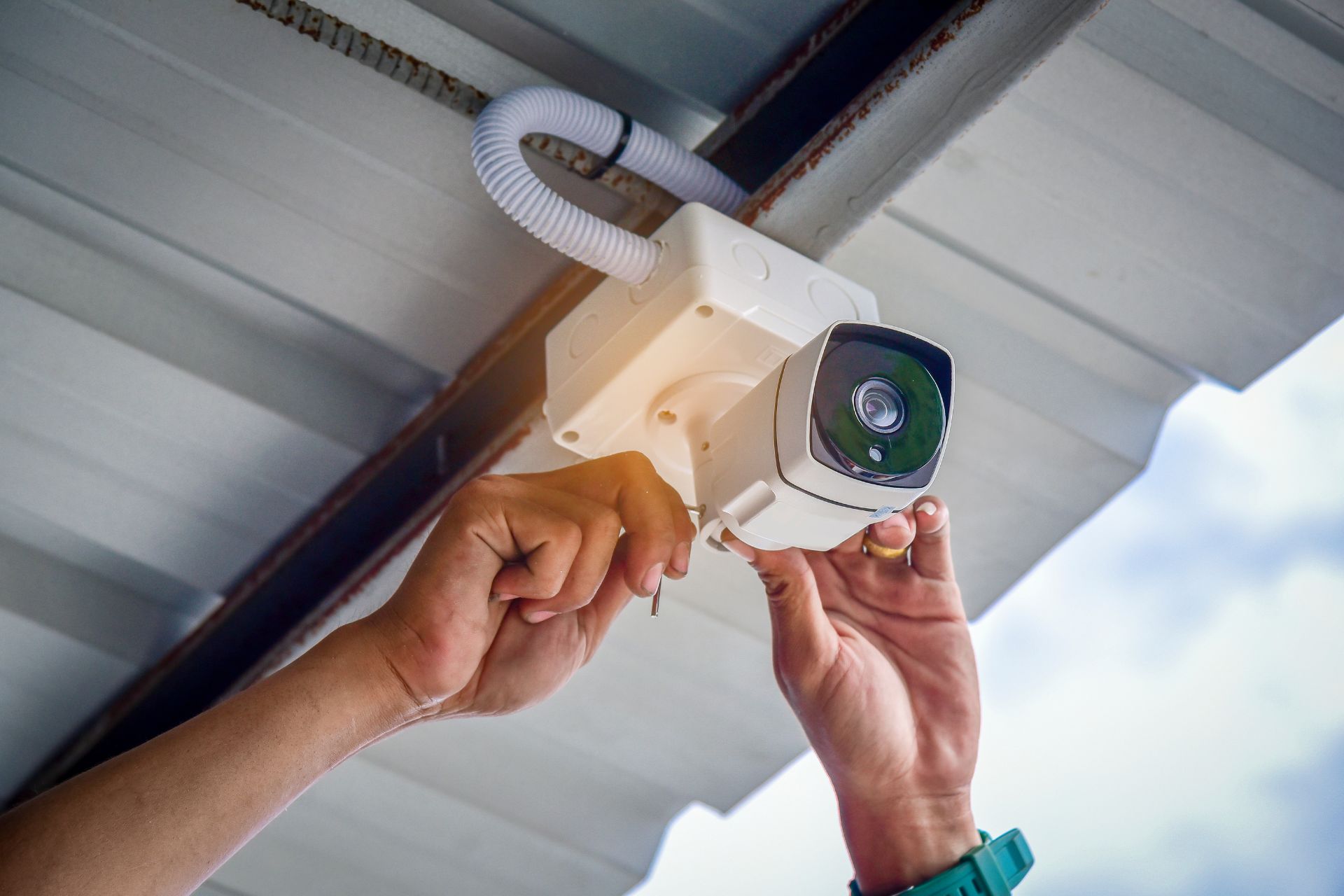Frequently Asked Questions
The installation differences between wireless and wired CCTV systems in residential settings are significant and can impact both the complexity and the overall effectiveness of the surveillance setup. Wired CCTV systems typically require extensive cabling, including coaxial or Ethernet cables, which necessitates careful planning for cable routing through walls, ceilings, and potentially outdoor areas, often involving drilling and the use of conduit for protection against environmental factors. This can lead to a more labor-intensive installation process, but it generally provides a stable and reliable connection with minimal interference, ensuring high-quality video transmission and power supply. In contrast, wireless CCTV systems offer a more flexible installation process, as they eliminate the need for extensive cabling, allowing for easier placement of cameras in various locations, including hard-to-reach areas. However, wireless systems rely on Wi-Fi or cellular signals, which can be susceptible to interference from physical obstructions or electronic devices, potentially compromising video quality and connectivity. Additionally, wireless installations may require the integration of power sources, such as batteries or solar panels, which can introduce further considerations regarding maintenance and longevity. Ultimately, the choice between wired and wireless CCTV systems hinges on factors such as the layout of the residence, the desired level of security, and the homeowner's technical proficiency.
When comparing the video quality and resolution of wireless and wired CCTV cameras, several factors come into play that significantly influence performance. Wired CCTV cameras typically offer superior video quality due to their direct connection to a power source and the recording device, which minimizes latency and interference, resulting in high-definition (HD) or even ultra-high-definition (UHD) footage with resolutions such as 1080p, 4MP, or 4K. In contrast, wireless CCTV cameras, while convenient and easier to install, often face challenges such as signal degradation, bandwidth limitations, and susceptibility to interference from other wireless devices, which can lead to lower video quality and potential resolution drops, often capping at 720p or 1080p under optimal conditions. Additionally, wired systems generally provide more reliable storage options, such as Network Video Recorders (NVRs) or Digital Video Recorders (DVRs), ensuring consistent video capture without the risk of data loss due to connectivity issues. Overall, while both systems have their advantages, wired CCTV cameras tend to deliver more consistent and higher-quality video output, making them preferable for critical surveillance applications.
When evaluating the long-term maintenance costs associated with wireless versus wired CCTV security systems, several factors come into play. Wireless systems typically incur lower installation costs due to the absence of extensive cabling, but they may require ongoing expenses related to battery replacements, firmware updates, and potential signal interference issues, which can necessitate additional troubleshooting and maintenance. In contrast, wired CCTV systems, while initially more expensive to install due to the need for physical cabling and infrastructure, often result in lower long-term maintenance costs. This is because wired systems generally offer greater reliability, reduced susceptibility to environmental factors, and less frequent need for technical support or equipment replacement. Additionally, wired systems can provide superior video quality and bandwidth, which may lead to fewer issues over time. Ultimately, the choice between wireless and wired CCTV systems involves a careful consideration of these long-term maintenance implications, including the costs associated with equipment longevity, system upgrades, and the potential need for professional servicing.
Environmental factors significantly influence the performance of wireless CCTV systems in ways that differ from wired systems. Wireless systems are particularly susceptible to interference from physical obstructions such as walls, trees, and other structures, which can degrade signal strength and lead to latency issues or complete signal loss. Additionally, electromagnetic interference from nearby devices, such as routers and microwaves, can further compromise the integrity of the wireless transmission, resulting in reduced video quality and increased latency. In contrast, wired CCTV systems, which utilize coaxial or Ethernet cables, are generally more resilient to environmental variables, providing a stable and consistent connection that is less affected by weather conditions, such as rain or snow, and temperature fluctuations. Furthermore, the installation of wired systems can be optimized for specific environments, allowing for strategic placement of cameras to minimize exposure to potential obstructions. Overall, while wireless CCTV systems offer flexibility and ease of installation, their performance can be significantly hindered by environmental factors compared to the reliability and robustness of wired systems.
Wireless CCTV systems present a range of cybersecurity risks that are often more pronounced than those associated with wired systems. The reliance on radio frequency signals for data transmission exposes wireless cameras to vulnerabilities such as unauthorized access, signal interception, and eavesdropping, which can lead to data breaches and privacy violations. Additionally, the use of weak encryption protocols or default passwords can facilitate hacking attempts, allowing cybercriminals to gain control over the surveillance feeds. In contrast, wired systems typically offer enhanced security through physical connections that are less susceptible to remote tampering and interception. Furthermore, wireless networks may be prone to denial-of-service (DoS) attacks, which can disrupt the functionality of the CCTV system, rendering it ineffective during critical monitoring periods. The potential for malware infections and the exploitation of insecure network configurations further exacerbate the risks associated with wireless CCTV systems, making them a more attractive target for cyber threats compared to their wired counterparts.

